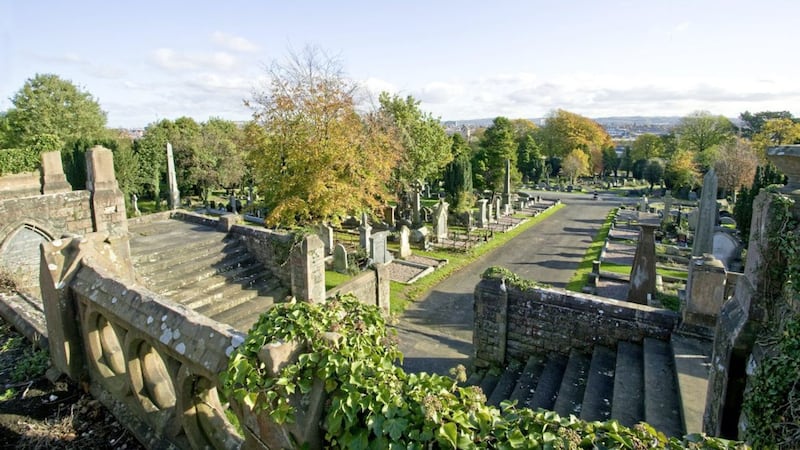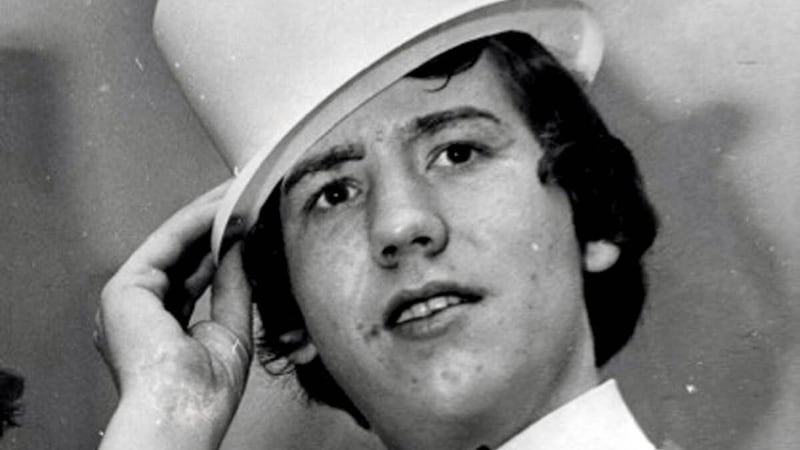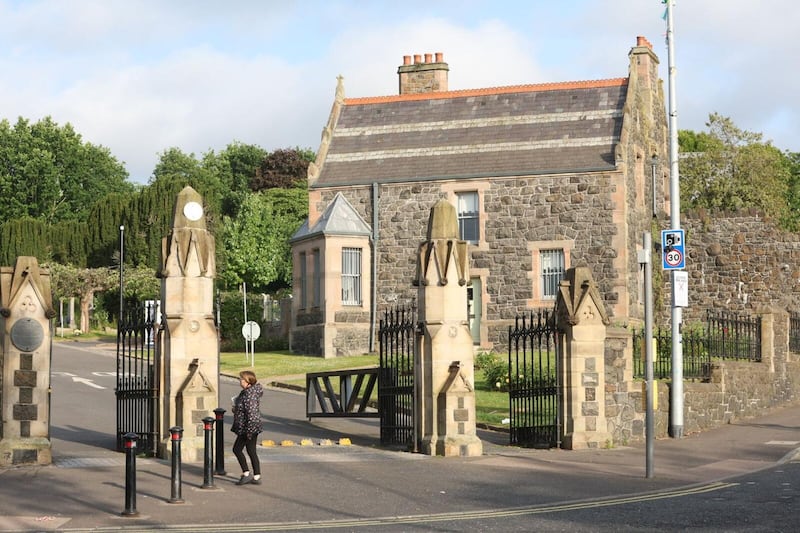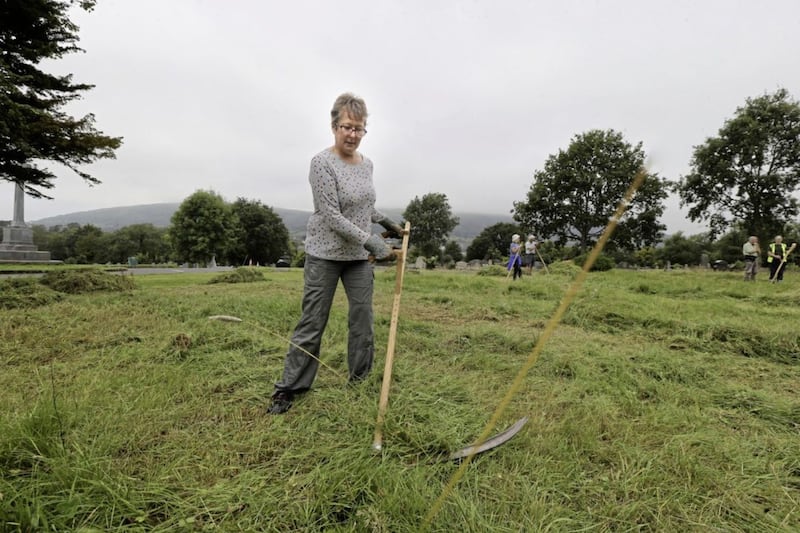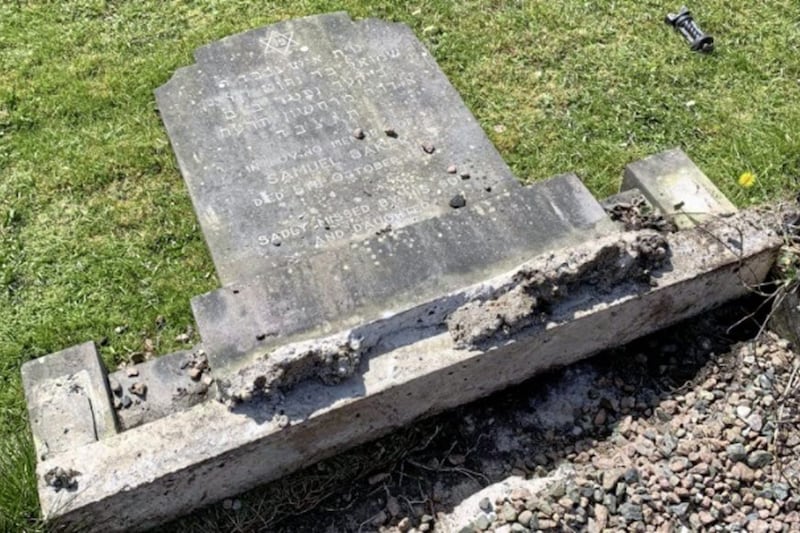A CEMETERY in the heart of the republican west Belfast, which is the final resting place for many of the city's Protestant elite, is set to become a tourist destination following a multi-million investment.
The `hidden heritage' of City Cemetery at the junction of the Falls and Whiterock roads will be restored over the next two years, with a purpose-built visitor/education centre and to help families locate their ancestors' graves.
Visitors will be able to access digital archives, including burial records, oral histories, site maps and photographs and the hub will have a multi-media exhibition and accommodate workshops and talks as well as acting as a gathering point for walks and tours.
The fascinating site is home to Northern Ireland's first `peace wall', with an underground boundary built into the site to divide Protestant and Catholic graves when it opened in 1869 as a cross denominational burial ground for the people of Belfast.
The densely-packed 100 acre graveyard also contains areas of apparently open ground, beneath which 80,000 paupers are buried and a Jewish Cemetery - the only one of its kind in Ireland - divided from the rest by an eight foot wall as the religion dictates.
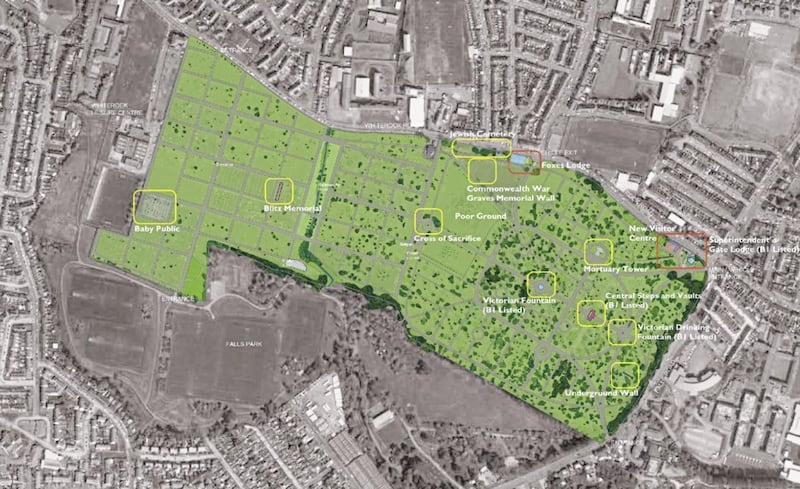
Although it features elaborate tombs and monuments marking the graves of giants of the city's industrial past, a number of key historical sites have fallen badly into disrepair and it has become a magnet for anti-social behaviour.
The majestic B1 listed central steps and vaults built in 1867, which contain the remains of Edward Harland of Harland and Wolff and Thomas Gallaher of Gallaher Tobacco, are currently in a state of bad repair and fenced off after being repeatedly targeted by vandals.
Also on the list for "sympathetic restoration" is a decorative drinking fountain damaged after being reversed into by a police vehicle.
Belfast City Council received £1.68 million funding from Heritage Lottery Fund towards the £2.3m project.
When work is complete in 2020 daily tours and school orienteering hunts will run. It is also expecting to become a destination for tourists, including the lucrative cruise ship market, with dedicated a Glider stop already in place.
Alderman Jim Rodgers, chair of Belfast City Council's Strategic Policy and Resources Committee, described it as "a real hidden gem with a fantastic story to tell".
"There are also a total of 11 listed features including the central steps and vaults, Victorian fountain and superintendent's house.
"This project will ensure that these unique features are preserved for future generations and that the story of the cemetery is told."
Alistair Charles, project sponsor with the council, said the hope is that it will become a "high traffic area" making it less attractive to those bent on anti-social behaviour.
There will be additional lighting and CCTV installed around the restored features.
Paul Mullan of Heritage Lottery Fund said the City Cemetery "is a place of immense heritage value".
"It was the city’s first municipal cemetery, it is the final resting place of many influential figures from the city's past, and it is one of the largest green spaces in west Belfast.
"We often think of cemeteries as places for the dead, but our parks and cemeteries provide vital connections to our history, our community and our natural heritage.
"... This grant will support vital restorations right across this extraordinary cemetery, saving monuments at risk, and maximising its potential as a green space."
Work will begin in the summer, with outreach work taking place before then to encourage people in the area to get involved with the project.
